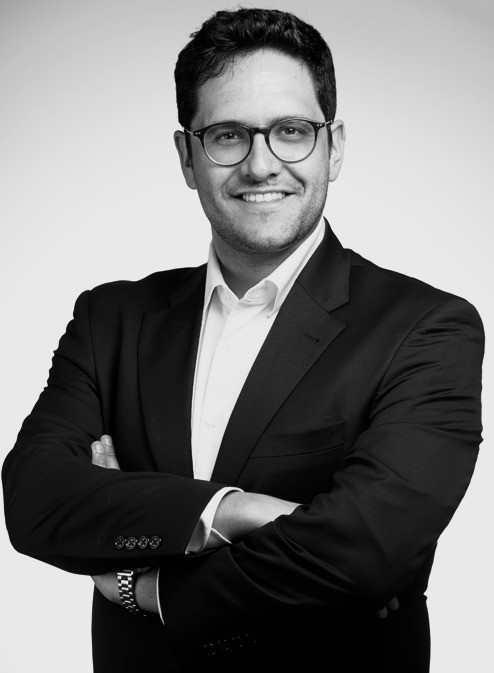Viz, a U.S. artificial intelligence medical imaging company focused on helping stroke patients, is expanding into the UK and France.
Viz, which was co-founded by British neurosurgeon Chris Mansi, uses AI to reduce the time it takes to diagnose and treat stroke patients.
Stroke is the leading cause of preventable disability and is the fifth leading cause of death in the United States, according to the country’s National Stroke Association. When the brain is injured, every second matters. Viz aims to dramatically shorten the time between when a patient initially seeks help and when they receive the proper treatment.
It takes hours for people to be diagnosed and treated for a stroke once they are already in hospital, Mansi said in an interview with The Innovator. But once people have a stroke every minute 2 million brain cells die and with every passing 15 minutes four out of 100 patients will be left with life long disabilities.
Artificial intelligence can compare the scan being read to hundreds of thousands of medical imaging scans instantaneously, identifying patterns and helping doctors make decisions for patients faster and catch things that might otherwise be missed.
The company, which raised $7.5 million in May from Google Chairman Eric Schmitt’s Innovatin Endeavors, Jerry Yang’s AME Cloud Ventures and Danhua Capital, is first focusing on the U.S market. Its technology is currently awaiting Federal Drug Administration approval.
“But that doesn’t mean we are neglecting Europe,” says Mansi, who worked as a neurosurgeon in the UK at Queen Square and King’s College hospitals before moving to the US to get a graduate degree in business from Stanford.

Viz is planning to test its technology at St. George’s Hospital, one of two hospitals in London specialized in treating strokes, in the next month and hopes that successful clinical trials will convince Britain’s National Health Service to roll out the technology to other hospitals in 2018, Mansi says.
Viz’s work has so far concentrated on training artificial intelligence to read computerized tomography (CT) scans, which combine a series of X-ray images taken from different angles and use computer processing to create cross-sectional images, or slices, of the brain, rather than magnetic resonance imaging (MRI), a type of scan that uses strong magnetic fields and radio waves to produce detailed images of brain. This is because it takes too long to schedule MRI scans and they are too expensive in the US and in the UK. But this is not the case in France, where patients are usually directed straight to MRI scanners. So, Viz is collaborating with French doctors to train AI algorithms to read MRI scans. It hopes to release an MRI version of its technology in France within the next year.
In Europe legislation requires that when artificial intelligence software is used to make decisions — such as granting a loan or making a diagnosis — that there is a way to be able to justify the judgment.
Mansi says this a good thing when it comes to medical imaging diagnosis. “We are not aiming to replace doctors,” he says. “The imaging is only one part of the treatment. What we are talking about is an aid to the doctor when it comes to diagnosis. But the technology will not be adopted by doctors if it is a black box.”
Due to regulatory constraints it could be years before hospitals or national health services can use AI medical diagnostics without review by a human medical expert.
The world spends over 10% of GDP on healthcare — over $6 trillion a year –according to World Bank and World Health Organization figures –much of it on medical diagnosis through expensive experts, whether they be general practitioners or more specialized doctors like radiologists. Artificial
intelligence’s partial automation of the health sector could not only save billions of dollars, say industry experts, but also ease the strain on national healthcare services and make expert diagnostics accessible to many people who currently cannot afford it.







